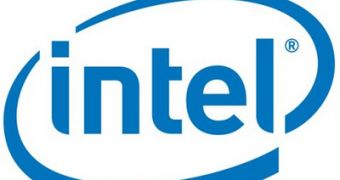AES (Advanced Encryption Standard) algorithms have become the favored choice for manufacturers of any sort of storage solution, especially external and portable ones. As such, it makes sense that hardware makers would look for the most efficient and capable chips and circuits when creating their respective devices. Knowing this, Intel put together a special-purpose hardware accelerator that can process such data both very quickly and very efficiently.
Application-targeted accelerators (ATAs), also known as special purpose accelerators, have become a sort of new trend in the design of microprocessors. Granted, general-purpose CPUs can execute a wide range of operations, but they don't exactly do it as efficiently, power-wise, as the former. This also means that their functionality often exceeds that which is required by a device or another. This is why the Santa Clara, California-based company chose to develop this new chip.
X-bit Labs reports that, at Research@Intel Day, Intel researchers demonstrated a special-purpose, reconfigurable and energy-efficient accelerator that operates at up to 53 Gb/s and on just 125 mW of power. It is intended for real-time encryption and decryption of media content in 45nm high-K/Metal-gate CMOS technology. These benefits are quite noteworthy, considering that AES is one of the most compute-intensive block ciphers on high-performance tera-scale microprocessor platforms.
The chip is only a prototype, for now, but boasts reconfigurable arithmetic logic and data-path circuits that had no trouble performing AES-128, AES-192 and AES-256 within the aforementioned speed and energy use parameters. Not only that, but near-threshold voltage optimized circuits enable performance to scale over a voltage from 1.1V to 320 mV. This was possible thanks to so-called near-threshold voltage optimized circuits. Furthermore, a performance of 2.4 Gb/s was attained by means of an all-digital variation-tolerant true random number generator design. It is unknown when this chip will start showing up in actual products.

 14 DAY TRIAL //
14 DAY TRIAL //